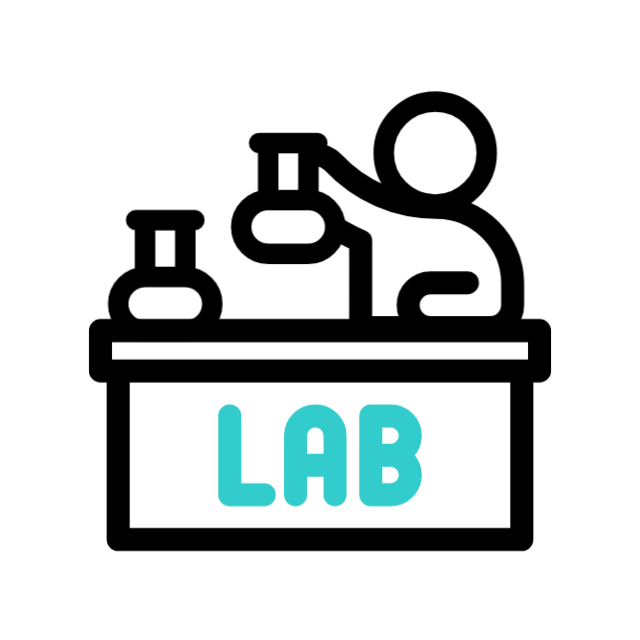In the crowded and competitive landscape of modern branding, every visual element plays a vital role in communicating a company’s identity. Among these elements, iconography are the symbols and graphic representations used throughout digital and print touchpoints which often go overlooked in favour of logos, colour palettes, or typography. Yet, when used consistently and thoughtfully, iconography becomes a powerful visual shorthand for trust, clarity, and brand recognition.
What Is Brand Iconography?
Brand iconography refers to the custom set of icons a business uses to visually represent concepts, functions, services, or content across its materials. This includes icons for navigation (e.g. home, search, menu), communication (e.g. email, phone, chat), actions (e.g. download, share, print), and even abstract ideas like sustainability or innovation.
These icons may be simple line drawings, filled glyphs, pictograms, or illustrative visuals but to be effective, they must form a cohesive and consistent visual system.
Why Consistency in Iconography Matters
1. Reinforces Brand Recognition
Just as a consistent logo and colour palette help consumers identify your brand at a glance, consistent iconography builds visual familiarity. For example, Apple’s minimalist and geometric icon style complements its hardware and interface design, reinforcing a sleek, premium image. If Apple were to introduce inconsistent icon styles across its site or software, the dissonance would undermine user trust and dilute its identity.
2. Enhances User Experience
Icons serve as visual cues that help users navigate content and interfaces quickly. Inconsistent icon styles can lead to confusion or hesitation. For example, if a mobile app mixes outlined icons with realistic, shaded illustrations, users may struggle to intuitively understand which are interactive or important. Cohesive icon design supports accessibility and usability by providing a consistent visual language.
3. Communicates Professionalism and Attention to Detail
Disjointed or mismatched icon styles suggest carelessness or a lack of strategic design thinking. For B2B services or high-trust sectors like finance and healthcare, this could signal unreliability. On the other hand, a refined and unified icon system signals credibility and commitment to a coherent brand experience.
4. Supports Scalability Across Teams and Channels
As brands grow, different teams, designers, marketers, developers, or external agencies may create or request new icons. Without defined standards, this often leads to fragmentation. A clearly defined iconography style within brand guidelines ensures any future icons maintain consistency, regardless of who produces them.
What Should Be Included in Iconography Guidelines?
To ensure your brand iconography remains cohesive and recognisable, your brand guidelines document can detail the following:
1. Style Definition
Visual Style: Are your icons line-based, filled, flat, or dimensional? For example, Spotify uses bold, filled glyphs with rounded corners, while Airbnb opts for thin, curved lines that feel human and friendly.
Stroke Weight: Set a standard (e.g. all icons use a 2px stroke).
Corner Radius: Specify whether corners are sharp, rounded, or a mixture—and at what degree.
Level of Detail: Icons should reflect the same level of abstraction or realism. Avoid mixing minimalist icons with hyper-detailed ones.
2. Grid and Proportions
Use a shared grid (e.g. 24×24 or 32×32 pixels) to align and scale icons consistently.
Define a visual centre point and alignment rules to ensure optical balance.
3. Colour Usage
Define whether icons are monochrome, use brand colours, or adapt to the background.
Set rules for hover states, active states, and disabled icons in digital interfaces.
4. Usage Examples
Show correct and incorrect use of icons (e.g. don’t stretch, don’t rotate, don’t change stroke width).
Provide real-world mock-ups showing icons in use on websites, apps, social posts, packaging, etc.
5. Icon Library and File Formats
Include an organised icon set available in scalable formats (SVG, EPS) for design and dev teams.
Define naming conventions to support asset management and developer handoff.
Real-World Examples of Strong Iconography Systems
Google Material Icons: A widely used open-source icon set that demonstrates the importance of pixel-perfect consistency and clear visual rules across hundreds of icons.
Monzo (UK Bank): Monzo’s icons reflect the friendly, modern, and transparent tone of their app, using soft shapes and limited line weights across all touchpoints.
Transport for London (TfL): TfL’s icon system is tightly controlled and instantly recognisable, from the roundel to station pictograms, ensuring consistency across signage, digital platforms, and printed materials.
Final Thoughts
Iconography is not a decorative afterthought, it’s a critical element of brand communication and usability. Inconsistencies in style, colour, or scale can erode brand clarity and user confidence. Including comprehensive iconography standards in your brand guidelines is not merely a nice-to-have, it’s essential.
As brands evolve and extend into new platforms, environments, and products, these guidelines serve as the anchor that preserves visual harmony and strengthens your brand’s visual integrity.
Find out about our Standard Brand Guideline design service here.








